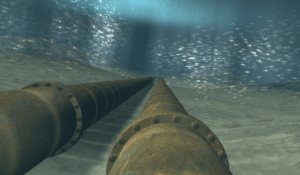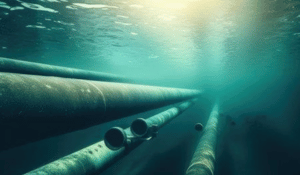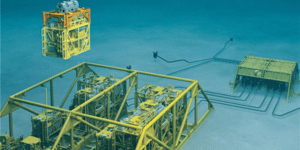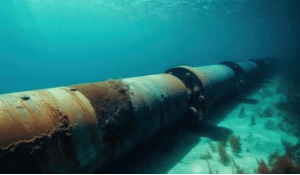1 min read
Lifetime Extension Assessment for Two Pipeline Networks
Kate Aguilera Nov 21, 2023 9:46:36 AM

The Scope
A major operator had identified the need to continue operating the pipelines in two major North sea fields. The operator asked us to perform lifetime extension (LTE) assessments for all the pipelines approaching or beyond their initial design life. This included:
- 1 x 10” production pipeline with piggybacked 4” gas lift pipeline
- 1 x 6” water injection pipeline
- 1 x 4” gas lift pipeline
- 1 x 12” gas pipeline
- 2 x 6” gas tie-in spools
- 1 x 10” gas pipeline
- 2 x 8” gas tie-in spools
The Solution
The general methodology was based on definitions in NORSOK ISO/TS 12747 and Y-002. Each pipeline was individually assessed using the operational history, subsea inspection data and corrosion modelling to determine the current integrity and any necessary remedial measures. The future life needs, threats and degradation mechanisms were then examined and an evaluation of the life extension requirements was performed.
Particular issues included the examination of the buckled production pipeline and associated piggybacked gas lift. This required finite element analysis (FEA) analysis to ensure that both lines would not suffer from accelerated fatigue failure at the buckle location.
We also developed a new pipeline integrity management system (PIMS) to:
- Monitor and control the physical condition of the pipeline
- Monitor the operating conditions within the pipeline system
- Ensure the processes and organisational structures are in place to maintain the pipeline system
The Benefits
We were able to provide our client with the assurance they needed that there would be no additional concerns during future operation of the piggybacked pipeline due to the lateral buckle of the production pipeline. However, this would need to be monitored as any remedial works could encourage further lateral buckling.
The analysis found that the operating life could be extended for all pipelines in the study, ranging from five to nine years with strict criteria to ensure the continued safe operability of the pipelines.
We made specific tailored recommendations for the remaining life of each of the pipelines, which included requirements such as reducing the maximum operating temperature on certain lines owing to the threat of hydrogen induced stress cracking (HISC).
We have also been providing our client with continued technical support following the initial study. We regularly review and update our recommendations after periodic inspection campaigns, as per the new PIMS requirements developed by us, ensuring the continued safe operation of their pipeline network.



